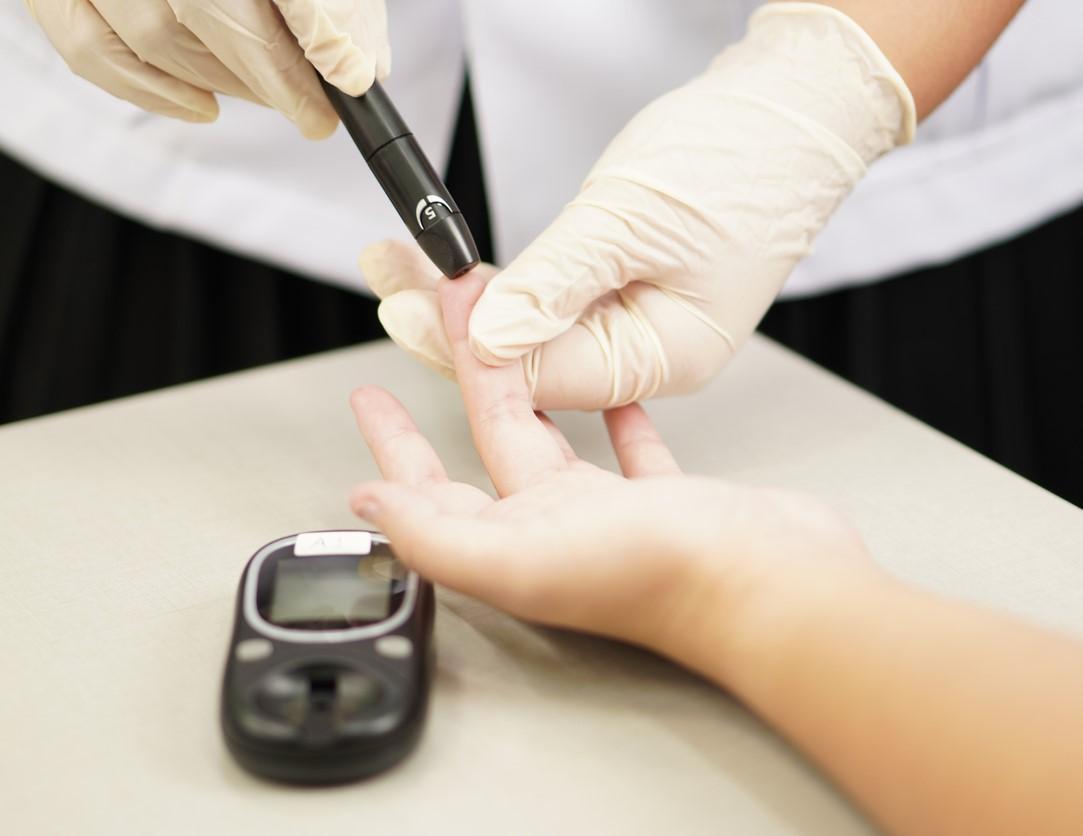Rates of new-onset type 2 diabetes climbed 62%—and type 1 diabetes increased 17%—among US youth after the COVID-19 pandemic began, especially in Black and Hispanic children, according to a study published yesterday in JAMA Network Open.
For the study, Kaiser Permanente researchers tracked rates of type 1 and type 2 diabetes among health system members aged 0 to 19 years in southern California with no history of diabetes from January 2016 to December 2021.
"Youth-onset diabetes is a serious chronic health condition, placing individuals at risk for early complications, comorbidities, and excess mortality, in particular among those who develop type 2 diabetes and those from racial and ethnic minority groups such as non-Hispanic Black individuals," the study authors wrote.
Kids aged 10 to 19 years especially affected
Over the study period, 1,200 youth were diagnosed as having type 1 diabetes, 1,100 diagnosed with type 2 diabetes, and 63 patients with "other" diabetes. Type 1 diabetes rates climbed from 18.5 per 100,000 person-years in 2016 to 2019 to 22.4 per 100,000 person-years from 2020 to 2021.
Relative to 2016 to 2019, in 2020 to 2021, the incidence of new-onset type 1 diabetes was 17% higher (incidence rate ratio [IRR], 1.17). The incidence was higher among patients aged 10 to 19 years (IRR,1.17), boys (IRR, 1.18), and Hispanic patients (1.21).
Rates of type 2 diabetes were 62% higher (IRR, 1.62) in 2020 to 2021 than in 2016 to 2019. The incidence of type 2 diabetes rose from 14.8 to 24.7 per 100,000 person-years over that time.
Rates were higher among patients aged 10 to 19 years (IRR, 1.63), girls (IRR, 1.44), boys (IRR, 1.83), Black patients (IRR, 1.95), Hispanic patients (IRR, 1.61), and other/unknown racial groups (IRR, 2.96). The incidence rate differences followed similar patterns for both type 1 and type 2 diabetes.
Black, Hispanic patients had heavy diabetes burden
By quarter, rates of type 1 diabetes fluctuated seasonally but climbed among patients aged 10 to 19 years in Q1 of 2021. Among youth with type 2 diabetes, a spike in incidence occurred in Q3 and Q4 of 2020, especially among Black and Hispanic patients, which the researchers said suggests that they bore a disproportionate burden of type 2 diabetes.
Diabetes risk factors may have been exacerbated during the COVID-19 pandemic including limited physical activity, increased sedentary behaviors, sleep disturbances, and increased intake of processed foods.
Sociodemographic factors, average body mass index, fasting and random glucose levels, and hemoglobin A1c concentrations didn't change from 2016 to 2021.
The authors noted that research has shown that coronavirus-binding via angiotensin-converting enzyme 2 (ACE2) receptors damages islet cells in the pancreas and may lead to diabetes.
"Hyperglycemia and insulin resistance have been noted in patients with COVID-19 infection without prior indicators of diabetes risk," they wrote. "Additionally, diabetes risk factors may have been exacerbated during the COVID-19 pandemic including limited physical activity, increased sedentary behaviors, sleep disturbances, and increased intake of processed foods."
The findings, they added, point to the need for future research on physiologic and behavioral risk factors for new-onset diabetes before and during the pandemic.



















